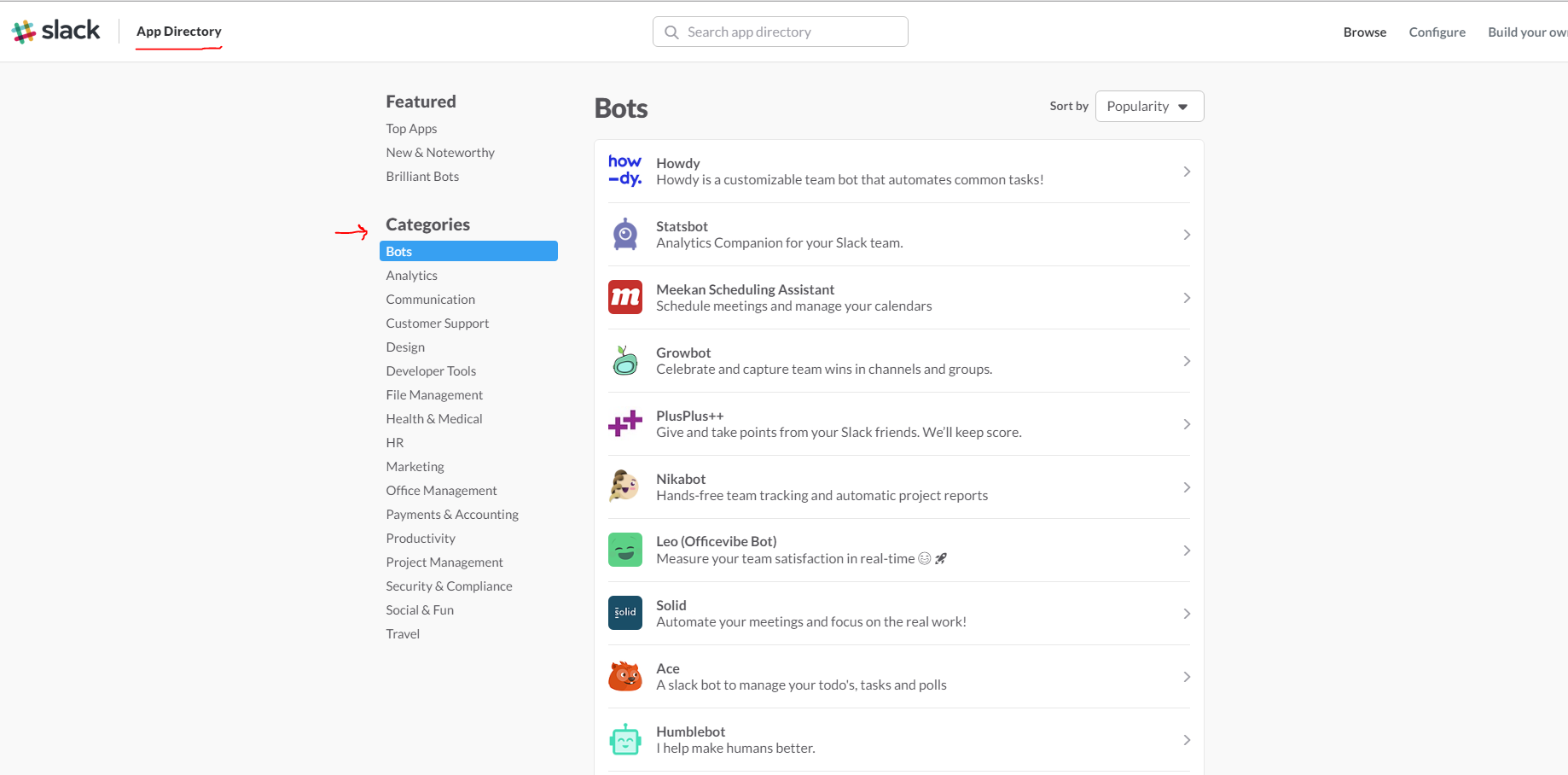Micro services were born as a by-product of the constantly evolving, cloud-driven landscape of software applications. With competitive business pressures demanding that applications continuously evolve, businesses can now leverage new features and functionalities of software by integrating micro services as part of their IT strategy.
What are Micro Services?
The concept behind micro services is that some types of applications are easier to build and maintain when they are broken down in to smaller pieces that can work together. Since no one service can solve all of a businesses needs, incorporating small, independent services that work together and focus on a particular business-focused matter, results in an IT strategy with forward movement. The need to enhance user experience, be interactive and dynamic has inspired developers to offer software equipped with an ecosystem of apps (or micro services) that you can add to and integrate with each other.
This new approach to application development now has each app focused on supporting a specific business goal, and ensures a simple, well defined, scalable solution to enterprise applications. The cloud has enabled software to be delivered over the internet, and in turn has driven the momentum of this latest buzzword in business initiatives. It has also allowed countless businesses to differentiate through technology.
Example of Integrating Micro Services.
At Compulite, we have integrated Micro services to help our internal and external communications, as well as ease some administrative functions. Our ticketing system, Zendesk, is the platform we use to connect various applications with. Our CRM, time tracking tool, e-mail marketing application and an app we use to prepare quotes for our clients are all integrated with the ticketing system. This helps various members of our team see the level of interaction we have with a specific client and can be accessed from our mobile devices as well.
Slack, a business messaging application, is another example of a platform that can integrated with micro services. As the image below shows, Slack offers several categories of various applications that can be integrated with their platform including Twitter and other social media tools. All with the goal of improving operational efficiency by addressing one specific business goal at a time. 
What are the Benefits of Micro Services?
Since legacy apps have a hard time adjusting to new demands, integrating micro services into your IT strategy can improve operational efficiency. Agility, speed and inexpensive pricing tiers are all attractive features of micro services. Several other benefits include:
- Scalability. Whether changing an operating system to take full advantage of performance (response time) or scaling for a larger number of users, micro services are highly responsive to environmental changes. Since each application runs independently from each other and are managed separately, your organization can scale the most popular services as needed. This allows you to invest power where it is needed and not to everything by default.
- Flexibility. Since the key to enabling micro services is the cloud, your organization will be free to take advantage of cloud benefits. Competitive business pressures demand that applications continuously evolve. Making use of frequently rolled-out updates, adding new features and functionalities on an on-going basis are elements that have not only changed the way developers write application code but are changing users’ expectations as well.
- Freedom. Perhaps your organization’s and end users’ sense of freedom is the most compelling result of implementing this business strategy. With several business applications accessible from multiple locations and apps available on mobile devices as well, your business can have critical information available to them 24/7. Since each service is run independently of each other, any failure or downtime in one service doesn’t impact the others’ functionalities. Leveraging micro services has your operations running in optimal efficiency.
Things to Consider:
Like any technology initiative you incorporate in your IT strategy, micro services should bring value to your business. While you may be intrigued by the ease of use or love being on the cutting edge of integrating multiple technologies within your organization, you wouldn’t want to push the approach at the cost of your employees or clients. Before jumping onto the micro services bandwagon, test the impact across all departments. Challenges may appear when implementing and the network overhead used for interconnecting the services can create delays.
Dynamic and interactive user experience on a wide variety of applications and availability on multiple devices have driven the micro services backdrop. Even legacy applications will start to incorporate this model as it benefits them to leverage the strength of other applications. With Microsoft calling the movement an “IT system management revolution“, micro services will be the way smaller businesses get to take advantage of enterprise level technologies.